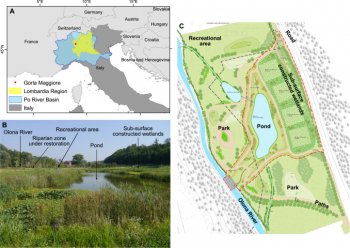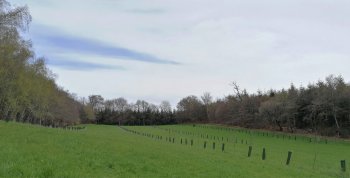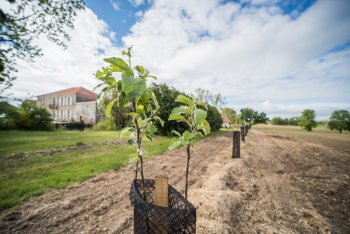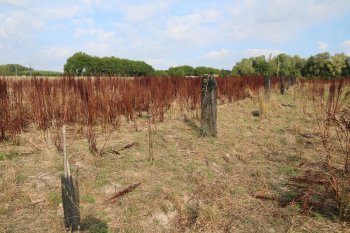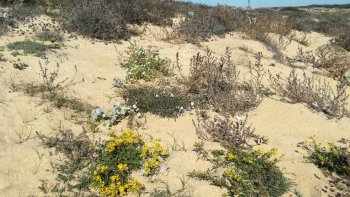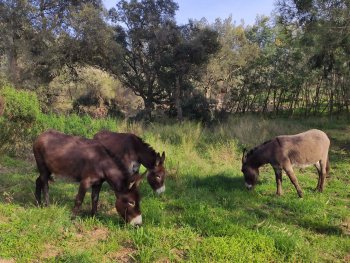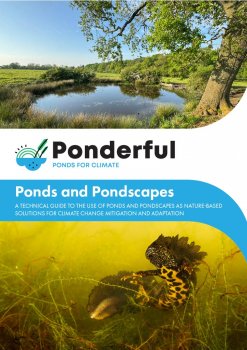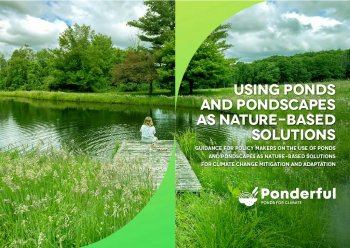Integrated valuation of a nature-based solution for water pollution control. Highlighting hidden benefits
This study assesses the benefits of a multi-purpose nature-based solution for water pollution control in a peri-urban area located in Gorla Maggiore (northern Italy), using an ecosystem service approach and applying an integrated valuation based on MCA for local water management. This solution is compared with the alternative “doing nothing” and with the construction of conventional grey infrastructure. This case study gives an example of integrating different value systems and stakeholders' viewpoints, thus providing hands-on guidance for integrated valuation in ecosystem service...

